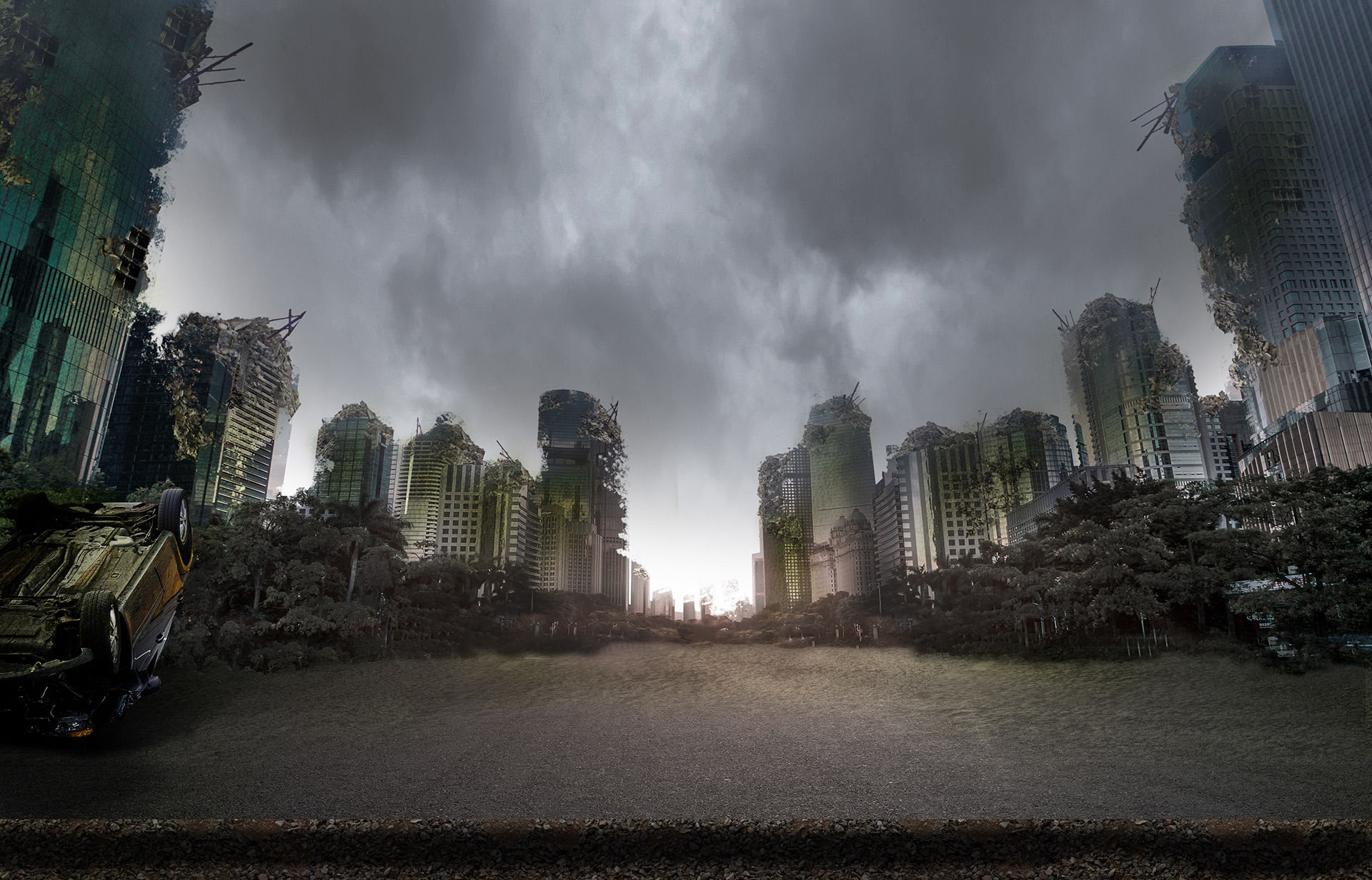Oct 2nd, 2025
The Sixth Extinction: A Real-Life Horror Story

By: Jennifer Novak
Humans like to believe in their permanence. We tend to think we’ve always been here and always will be. Our creativity, technology, and determination make us feel unstoppable.
But the Earth tells a different story. The Earth is about 4.5 billion years old. Modern humans—Homo sapiens—have existed for roughly 300,000 years. That’s just 0.007 percent of Earth’s lifetime. As important as we feel, and as much as we dominate the Earth, geologically speaking, we’re barely a moment. And Earth has a long history of wiping out even the most dominant life forms.
Over those 4.5 billion years, the planet has endured five mass extinctions:
- End-Ordovician (~444 million years ago): Rapid global cooling wiped out most marine life.
- Late Devonian (~375–359 million years ago): Climate shifts and oxygen-poor oceans destroyed reefs and many ocean species.
- End-Permian (~252 million years ago): “The Great Dying,” where volcanic eruptions caused warming and ocean collapse, erasing up to 96% of species.
- End-Triassic (~201 million years ago): Massive eruptions and climate disruption paved the way for dinosaurs.
- End-Cretaceous (~66 million years ago): An asteroid struck, ending the dinosaurs’ reign in an instant.
After each event, life eventually rebounded—but not for the species that disappeared. The Earth survived, changed, and moved on. It will do so again, with or without us.
This brings me to a book I recommend every October—not for fun, but because it is the scariest thing I have ever read: Elizabeth Kolbert’s The Sixth Extinction: An Unnatural History. Kolbert argues that we may be living through—and causing—the sixth mass extinction. Unlike the previous five, this one isn’t driven by an asteroid or volcanic catastrophe. It’s driven by us: habitat destruction, pollution, invasive species, and climate change fueled by human activity.
Kolbert’s reporting takes you into rainforests, oceans, and labs, showing species already vanishing. She presents evidence that extinction rates today are dozens to hundreds of times higher than normal. This isn’t speculation; it’s science—and it’s a warning.
Here’s the uncomfortable truth: the Earth doesn’t need us. It existed long before we arrived, and it will exist long after we’re gone. Someday, all of human history—our cities, inventions, and ambitions—may be just a thin layer in the rock record, no thicker than a sheet of paper.
As professionals, we often focus on building, investing, and growing for the future. Kolbert’s book reminds us that while Earth will endure with or without us, our future is still ours to shape. By learning how our environment sustains us and how our actions reshape it, we can choose a path that keeps humanity’s story alive for generations to come.